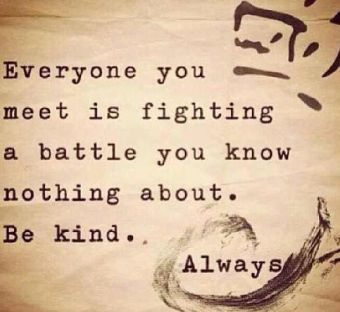PTSD is like a ghost. Think of the scariest, most terrifying, damaging, hurtful ghost you can conjure up. He’s a ghost, so obviously nobody can see him. But he hangs around you ALL the time, and you don’t need to see him to know he’s there. He will not go away.
And he knows you intimately. He knows everything about you. He knows what you love, he knows who you love, he knows your favourite places to go, favourite things to do. He knows your favourite colours, music, TV shows, hobbies, friends.
Some people (usually the people who enabled this ghost to enter your life) would say he’s imaginary. He’s made up. He doesn’t exist. You’re crazy or sick. You’re looking for attention. You’re dwelling on things and you should just get over it.
If only ……
I wish he was imaginary and that I just made him up. I wish I was crazy sometimes because I surely feel like I am, then maybe there would be a simple solution to “cure” me.
And when I say he’s always there, I do truly mean always. You get up in the morning, he climbs onto your back like a coat. Not a cozy, warm, fashionable coat … we’re talking about a coat that doesn’t fit well, feels uncomfortable, it’s itchy and spiky, the sleeves are too long and too short, too hot and too cold all at the same time. As you go through your day the coat grows to cover your entire body, head to toe. You know it’s there, you can feel it, but since it’s a ghost coat nobody else can see it. To them you just look like you.
He has a fantastic memory and loves to show it off. Once in a while, if you happen to be having a particularly good day somehow, you can almost forget he’s there. You’re enjoying something, laughing, even happy, and then he gives you a squeeze and you remember that you’re not alone. It could be you hear a certain song in the background, or someone says a certain phrase or name, you see an almost familiar face, a picture, a scent, it could literally be almost anything and BOOM – there he is. He loves to remind you of the things that terrify you most so that you feel like they’re actually happening again, causing you to panic, over-react, freeze, or run for cover.
This horrible ghost is like a leech. He sucks out your confidence, your zest for life, your interest in anything, your energy. He makes you second-guess everything you say or do, every decision or choice you make, everything you think you know for sure. He sucks out your interest in things you used to love doing … your job, your hobbies, your time with friends and family … making you numb and unable to really care about anything. As he sucks out your energy he makes it difficult to even get out of bed in the morning, out of the house to do the things that need doing.
He attacks you at every chance he gets … poking at your body, making you ache and hurt all over, causing you actual physical pain. No matter what you do to make the pain go away … medication, drugs, alcohol … nothing works for very long, the pain is always there. They can run thorough medical tests to try and find the source of your pain, but nothing ever shows up, yet you still hurt.
Since he’s a ghost he doesn’t need sleep, so he figures neither should you. He keeps you up at night for hours and hours, days on end. Once you’re finally so tired you just can’t NOT sleep, he visits you there instead … invading the sleep you desperately need with horrific nightmares; dreams so real you’re crying in your sleep, tossing and turning, waking up screaming or huddled in a ball at the foot of your bed.
He’s a master of manipulation. Since you know he’s around somewhere he can make you seem paranoid with your hyper-vigilance, always on guard for whenever he decides to attack. He keeps your emotions on high alert so that you tend to jump at the slightest sound or touch, you get irritated easily, or even aggressive for no apparent reason.
He’s very distracting … he keeps your mind so busy waiting for his attacks that you’re unable to concentrate or focus, making it impossible to get things done.
He loves to put you down. He knows your strengths and weaknesses, so as he’s hovering and clinging to you he whispers in your ear to constantly remind you that you’re damaged, worthless, useless, making you wonder why you even bother sticking around. He tells you that you’re a burden on society, pointing out all the various ways you could just end it all and let the world be free of you.
As a ghost he can come and go as he pleases. You can go to therapists, groups, put in all the work and do everything you can to get well, then just when you think you’ve slayed the dragon, banished the demons, rid yourself of this horrible ghost, one tiny unexpected thing can happen and instantly he’s back as if he had never left.
I’ve been battling this ghost for 14 years. I’ve seen the therapists, gone to the group meetings, told my story over and over. I’ve had the physical pain, the tests that show nothing wrong, the medications that don’t help, and some that do for a while but not completely. I got to the point where I was actually feeling pretty good about myself, almost what people would call “normal”. But even then there were songs I couldn’t listen to, tv shows I couldn’t watch, activities I couldn’t participate in, without being instantly transported back in time to when the trauma was happening. I managed this by just avoiding the things I knew would trigger me, and that was working out pretty well.
Then something happened. Something I suspected could cause me problems but thought I had under control. Something I had been assured would be ok, that I would be ok, everything would be ok. It wasn’t ok. It was the complete opposite of ok. All the precautions I was assured were in place didn’t work. In the moment I could have spoken up and told someone that I was in trouble and needed help, but it was too late … I wasn’t there anymore, in the present … I was reliving my worst fear and I froze.
The ghost is back, and he’s fierce. I’ve fought him off once and I’m determined to do it again.
Deborah Gray
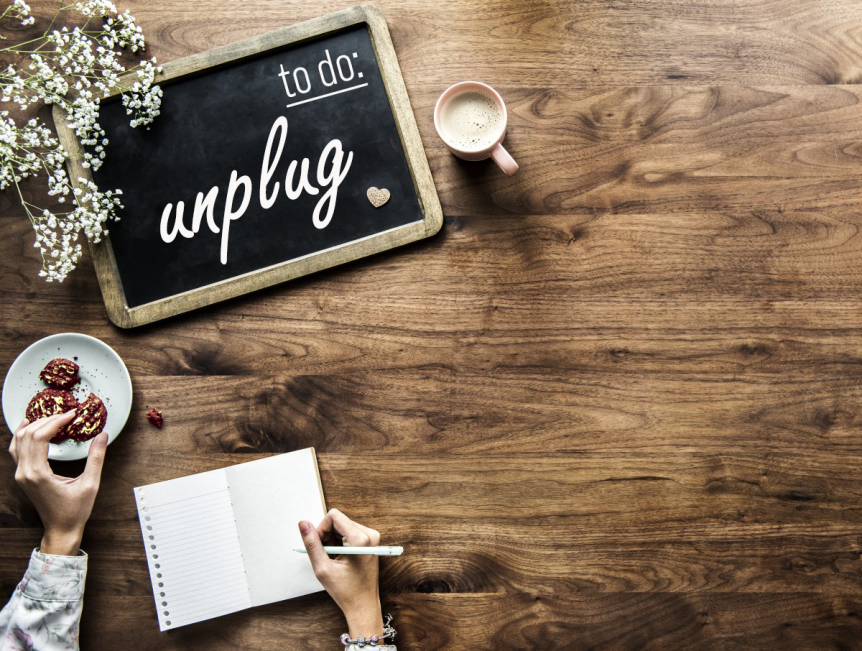



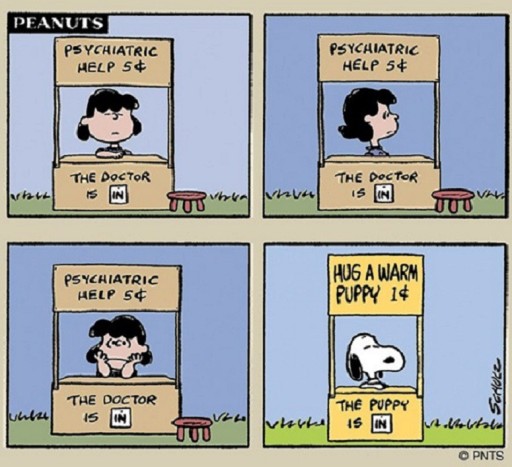


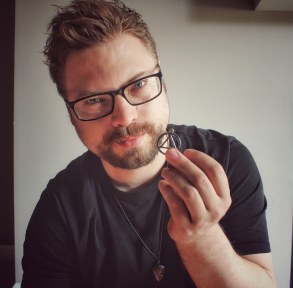
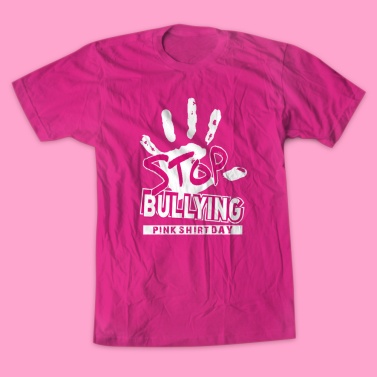
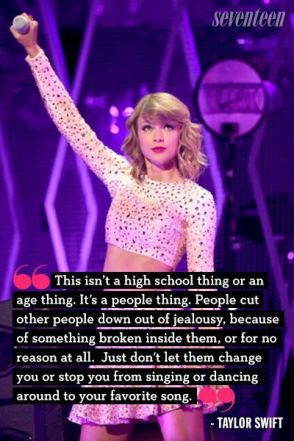 ing anonymous, a bully can verbally attack, intermediate, threaten or worse. Commonly referred to as “trolling”,
ing anonymous, a bully can verbally attack, intermediate, threaten or worse. Commonly referred to as “trolling”, 